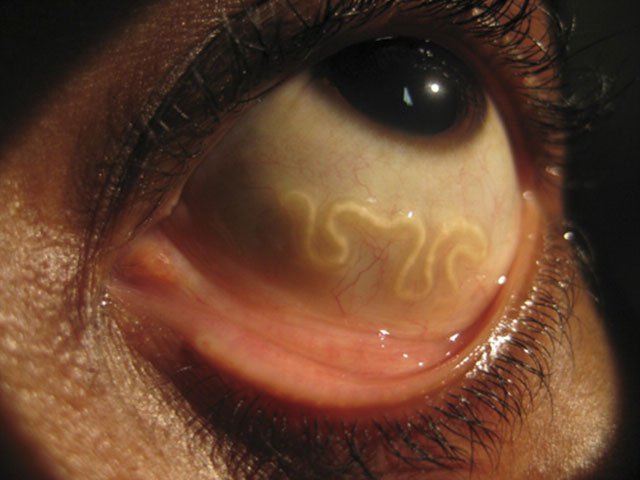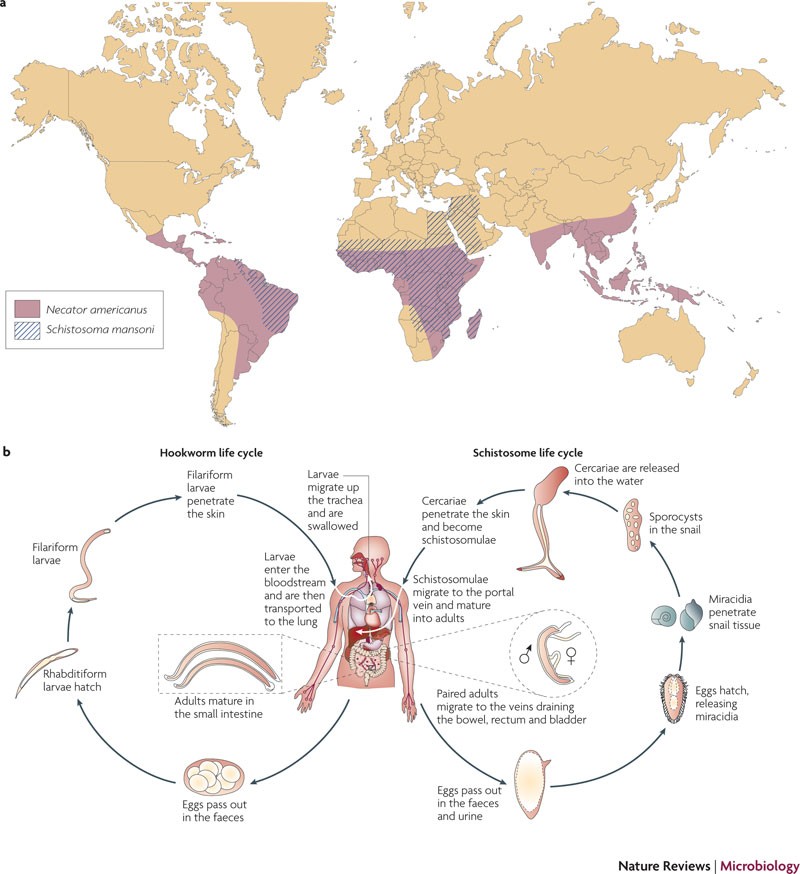

There are several effective medications available to treat hookworms in cats.

Adult cats are more resistant to hookworms than kittens. As hookworms feed on the cat’s blood, cats can become anemic. Hookworms are more prevalent in dogs than they are in cats, and when cats do have them, they are more likely to be in smaller numbers. A stool sample from your cat is mixed with a liquid solution, any eggs present in the feces float to the top which is collected and viewed under a microscope to determine the type (hookworm, roundworm etc.) as well as the number of eggs present. The veterinarian will be able to diagnose hookworm via fecal flotation.
#HOOKWORMS IN HUMANS PREGNANT SKIN#

In utero: Worm eggs may be passed on from mother to her unborn puppies via the placenta.Ingestion or inhalation: Cats can also become infected by ingesting infective third-stage larvae of uncinaria in the environment, during grooming or via contaminated water and food.Skin penetration (percutaneous): When a cat comes into contact with an environment infected with hookworm larvae which can penetrate the skin, from there, they migrate to the intestine where they mature.Depending on conditions, within 2 – 5 days these eggs hatch into infective larvae (immature worms), at this point, they can infect a passing cat. Hookworm eggs pass into the environment via the cat’s stool. stenocephala – Infects cats, dogs, foxes and humans and occurs in cool and temperate climates, including the United Kingdom. tubaeforme – Cat hookworm which is found worldwide. braziliense – Infects cats, dogs, and occasionally humans and is found in tropical and subtropical regions of America and Asia. ceylanicum – Infects cats, dogs, golden hamsters and humans and is found in Asia and Australia. The most common types of hookworms to infect cats are Ancylostoma and Uncinaria, of which there are several species: Hookworms are a common intestinal parasitic worm of dogs, cats tend to harbour fewer numbers than dogs. Hookworms inject an anticoagulant into the feeding site to prevent blood clotting, and a heavy infestation can lead to anemia (low red blood cell count) due to blood loss. The hookworm feeds on mucosa and blood and an adult hookworm can consume up to 0.1 ml of blood every day, changing their point of contact every 4-6 hours. Hookworms are small, thin nematodes that are approximately 1 to 2 mm long and live in the duodenum, the first part of the small intestine, where they use six hook-like teeth to attach to the intestinal wall.


 0 kommentar(er)
0 kommentar(er)
